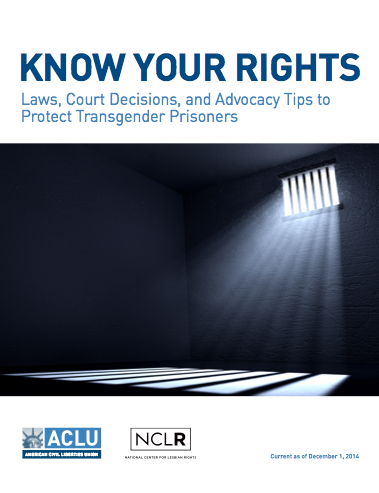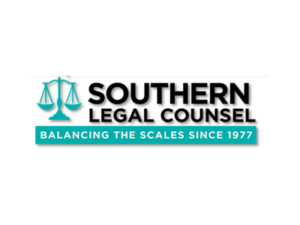I received a letter from a prisoner a few weeks ago that still haunts me. The prisoner, a transgender woman of color, tried to remove her own testicles after she was repeatedly denied medical care for her gender dysphoria.
While this might seem extreme to people outside of prison, these incidents of “self-surgery” happen regularly in prisons and jails across the country.
There are thousands of transgender prisoners housed in correctional facilities who need basic medical care, protection from harassment and violence, and safer living conditions. They are some of the most vulnerable and marginalized members of the LGBTQ community and they often feel they have nowhere to turn.
This is the reason we, together with the ACLU, co-authored a “Know Your Rights” guide for transgender prisoners. This new guide includes information about laws court decisions, and advocacy tips to protect transgender prisoners, including on the following topics:
- Information about the Prison Rape Elimination Act (PREA)
- How to deal with sexual and physical violence, including by other prisoners and staff
- How to gain access to appropriate medical care
- How to address unsafe housing issues and administrative segregation
- What constitutes appropriate searches and privacy
There is no question that transgender prisoners endure horrific conditions in our prisons and jails. Recent statistics from the Department of Justice show that each year almost 35% of transgender prisoners report being sexually victimized in the last 12 months, compared to 4 to 5% of prisoners in general. We also know that most transgender prisoners have trouble accessing basic medical care, including hormones.
Much more work is needed, but we hope prisoners and advocates can use this guide to improve the treatment and safety of transgender prisoners nationwide.










